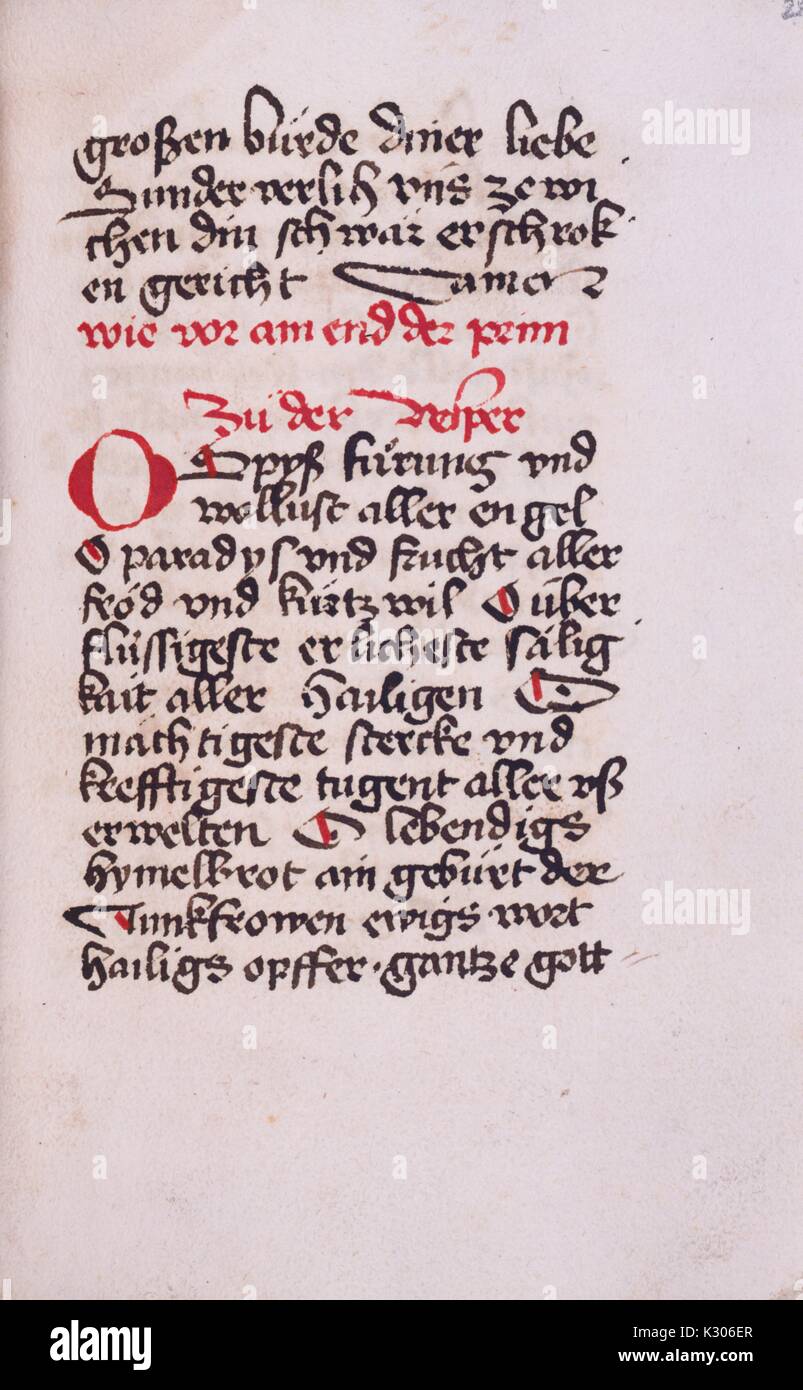
(The example above comes from a 15th-century manuscript.) In general, you should use the dominant features of a script to classify it.Īnglicana first appears in thirteenth-century manuscripts, and it remained popular as a book script into the later middle ages. Because of the fluidity between scripts in this period, some scribes use a combination of different features. You will notice that the above image does not use this "g," which indicates that the scribe was influenced by other scripts. These features restult from leaving the pen on the page between strokes, which allows the scribe to write more quickly.Īnother distinctive Anglicana letter is the figure-8 "g," which looks like this: The angular strokes of Textura have become rounded, and some letters are joined by visible ligatures. You may observe that the heavy, pointy appearance of Textura has been replaced by a smoother, flowing appearance. Note the two compartments of a, and the right-side flourish of w: The most distinctive letter forms of this script are a and w. To produce such books, scribes adapted the informal business script to one more suited for books, called Anglicana (also known as charter hand, court hand, or cursiva antiquior). Meanwhile, the demand for cheaper books, especially among the noble and emerging merchant classes, was increasing. In England, cursive scripts can be divided into two main families, "Anglicana" and "Secretary."Īs the production of legal documents increased in England, scribes became proficient in the cursive business script that allowed them to produce these documents quickly. However, the increased production of legal documents in England during this period popularized the use of a cursive script (from Latin curo, to run), in which the pen remains on the page when writing a letter or group of letters. Textura script is clear, relatively easy to read, and has a formal appearance.
#GOTHIC MANUSCRIPT LETTERS HOW TO#
We'll cover how to read medieval handwriting in the next module.)įeatures of Textura include an angular, "pointy" appearance thick vertical strokes and the joining of certain pairs of letters by a vertical stroke, called biting. (Don't worry if you have trouble reading this.
#GOTHIC MANUSCRIPT LETTERS PROFESSIONAL#
These books would have been produced at monastic or professional scriptoria. The appearance of such a hand is neat and formal, and the process of writing is slow and painstaking. The most formal and expensive books were written using a script called Textura (also known as book hand, Gothic script, or littera textualis.) Textura was what is called a calligraphic script: letters were composed of separate strokes, and the pen was lifted from the page after each stroke.

Most manuscripts of Middle English texts were produced during the thirteenth through fifteenth centuries, so we focus here on scripts of that period. If you are interested in learning more about the history and details of medieval scripts, please consult the paleography references in Resources for Further Study. This page offers the briefest of introductions to the scripts relevant to students of Middle English texts. Some scripts are suited towards formal, aesthetically appealing productions like a presentation bible, and others are designed for documents that need to be quickly and cheaply produced, like legal charters. Medieval scribes learned different types of handwriting, or scripts, for different kinds of documents.


 0 kommentar(er)
0 kommentar(er)
